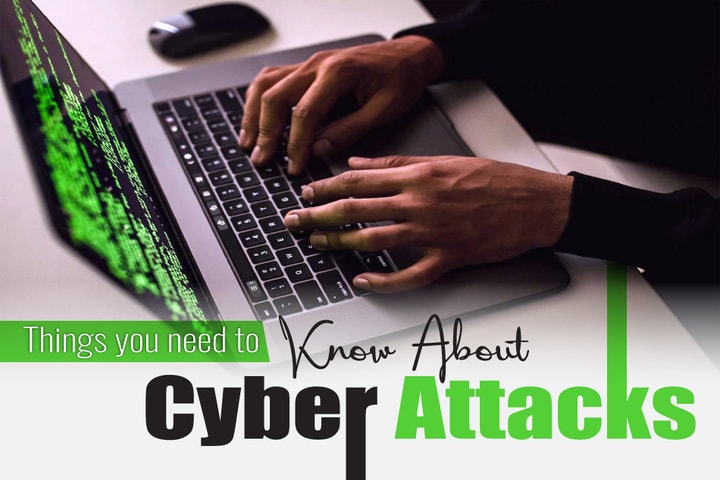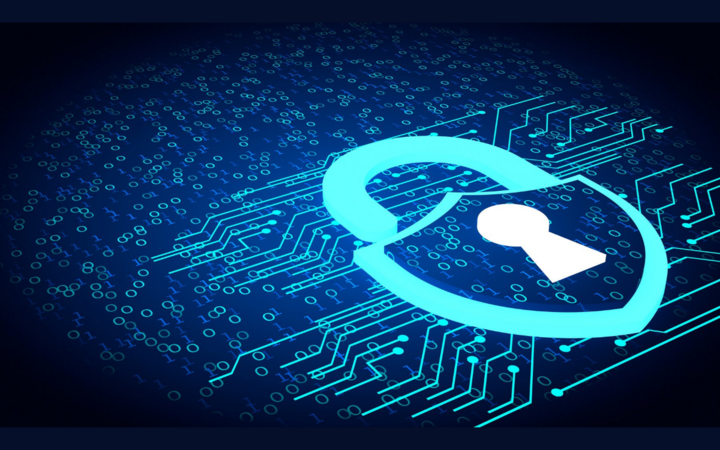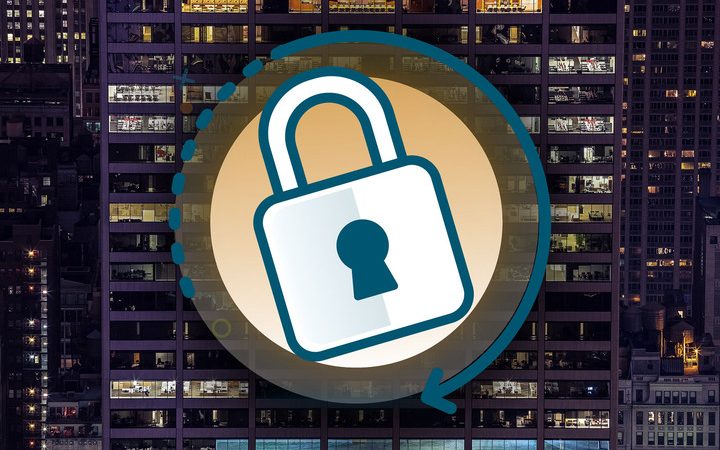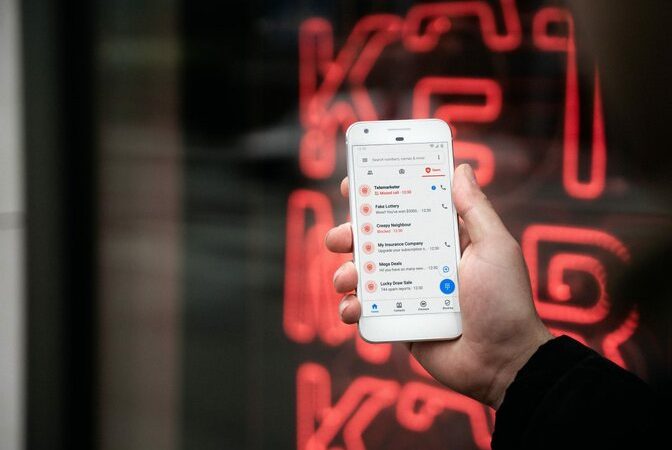The Ultimate Guide to Cyber Attacks: Full of Knowledge and Tips

Cyber attacks are more common than you may think. They happen to large companies and small businesses alike, so you must know the basics of how they work and what steps need to be taken if one should occur. This article will cover all of these topics in-depth, with links to helpful resources for learning even more about cyber security!
Table of Contents
What is a cyber attack?
First, it is essential to understand what a cyber-attack entails. A cyber attack can be defined as “an attempt by an individual or group to damage, disrupt, deny access to, and gain unauthorized control over computer systems and resources.” These attacks are made in different ways depending on the type of crime committed against you.
You May Be Interested In 4 Ways to Protect your website using these cyber security resources (2021)
Why are cyber attacks so dangerous?
Hackers can take control of your computer if you are not careful with what types of files you download or open.
They could also access information like credit card numbers, social security numbers, and passwords that they can then use to steal money from bank accounts, file taxes in someone else’s name, purchase items online or break into other accounts.
They can also delete important files and make it impossible for you to get them back again by encrypting them, forcing you to pay a ransom to decrypt the data to use it once more.
Hackers may even be able to take control of your computer camera or microphone without you ever knowing and record you while you are using it.
Preventing online fraud is not always easy because there are so many different ways hackers get into accounts, but taking the proper precautions against them can help protect your information from being stolen or having malware installed on devices like laptops and smartphones.
It’s also important to know what types of cyberattacks exist, so you know what to be on the lookout for.
What are the different types of cyber-attacks?
Data-driven cybercrime
Data-driven cybercrime is the act of stealing information through digital means. This can happen in several different ways. Some examples are:
- Theft of personal information or private data – This can happen through illegal access to your computer, stealing files on the internet/network, using malware to steal passwords and other important information stored on your computer.
- Personal identity theft- Identity thieves will use different tactics to take over someone’s identity. They may do things like pretend they need certain information to “verify” it, such as a social security number or bank account. They may also use keyloggers to record your login data and then try them on other websites you have an account with to gain access there!
- Password theft – We all know the importance of creating strong passwords, but unfortunately, they are not always enough to keep cybercriminals out. Some examples of ways your accounts can be hacked are by using phishing, where you will receive an email that looks like it’s come from a legitimate source (such as PayPal or your bank) asking you to log in and confirm personal information. They will also use malware to get your login details for other websites you have an account on, known as “credential stuffing.”
- Another form of data-driven cybercrime includes identity theft by buying/selling credit card numbers or bank accounts stolen from unsuspecting victims. This type of crime often goes unnoticed until the damage has been done, when victims start to find fraudulent charges on their accounts.
- Another type of data-driven cybercrime is hacking into databases and stealing personal information such as names and social security numbers. This can happen through people who work for your company or other external individuals like hackers who commit identity theft by pretending they are employees.
Corporate Espionage (Business Information Theft)
Corporate Espionage is when a business or company steals private information to gain an advantage over them. These attacks are usually made using Trojans, which are programs that appear to be something they are not (a program update, for example) and lead users to click on it before infecting their computers with malware.
- Denial of Service (DoS) Attack – When an excess of internet traffic overloads a server, it can no longer function properly and may crash or shut down completely. This causes the websites hosted on that server to go offline as well. A single person could make a DoS attack against a large company, but it is most effective when there are multiple computers involved in the attack.
- Distributed Denial of Service (DDoS) Attack – This kind of DoS attack happens with the help of multiple sources that have been infected with malware and then used without their owner’s knowledge to overload servers. An example of this would be the Mirai botnet attack that happened in 2016.
- Phishing – This is when “an email, text message or fax” (read more here ) attempts to trick users into giving up their credentials for essential accounts like bank information and social media accounts. It often comes with an attachment or link, which should be avoided at all costs.
- Spear Phishing – This is a more targeted version of phishing. The attacker has used information from social media accounts or other sources to specifically target one person and convince them that they are someone else to steal their data.
Social Engineering
Social Engineering is when attackers trick users into willingly giving up sensitive information through social interactions rather than using malware or other invasive software. Some examples of this include:
- Baiting refers to when attackers use something that people want to get them to do what they ask. An example would be a hacker sending out a link for free coupons and asking for bank information after someone clicks on it.
- Tailgating – This is when someone else follows you into a building without your knowledge, usually because the door can only be opened with an ID card, making it easy to gain entry.
- Shoulder Surfing – The act of looking over someone’s shoulder to see their computer screen while they are typing important information like passwords and bank account numbers.
- Vishing is when an attacker calls someone and uses social engineering to get the victim to give up information over the phone.
- Spear Phishing with Vishing – When attackers use vishing as part of a spear-phishing campaign, they will call people from fake customer service numbers to access their data.
- SMS Phishing – When attackers send out text messages to users instead of emails to get them to give up data.
- Pharming – This is when a website’s URL has been changed without the user knowing. They are not directed to the site they expected, but another one that can steal important information from their computer or mobile device.
Cyber-attacks can happen to any person or company, no matter how big or small they are, and with the help from either individual people or groups that have been organized for malicious purposes.
It is essential to be aware of all different types of cyberattacks to know what you need to protect yourself against. This article should help you to understand the basics of each kind.
What steps can I take to protect my business from cyber attackers?
- Educate yourself and your employees on types of cyberattacks.
- Use different passwords for each account that you have. This will protect it if one is hacked because then the attackers won’t be able to access everything with just a single password.
- Keep track of all software updates so hackers can’t use bugs in these programs against you as well. Make sure you have a good antivirus program and firewall on all of your devices.
- Back up important data if it is ever lost or stolen, use cloud storage like Google Drive to make this easier.
- Join organizations that can help with cyber security, such as the Cloud Security Alliance (CSA), for more protection against online risks.
- Make sure you have a digital security policy, so employees know what is expected of them when it comes to being safe online. Ensure everyone knows not to open suspicious emails or attachments from unknown sources because this is a common way to get malware.
- If you have an essential business email, set it up so that all messages from outside addresses are sent to this address to keep hackers from gaining access by sending fake emails with your account information on them.
- Install security patches and updates when they come out for your computer and any software you are using.
- Be cautious of who you work with online. Don’t give out personal information to people that ask for it before they have verified themselves as someone safe to do business with.
- Don’t click on links or download documents unless you are sure they are safe to use, even if the email is from someone that looks like a trusted source because hackers can spoof emails, so it will appear as though they came from someone else.
- If something doesn’t feel right about an email, don’t open it and delete it. If you receive an email that seems suspicious and appears to be from a known source, call them up on the phone or send them another message through text or instant messaging to make sure they sent out the email in question before opening anything attached because hackers can spoof emails, so they look like something else entirely.
- Don’t use public WiFi because it is not secure, and hackers can get into your system if you do this.
- If a website requests that you download anything or ask for personal information, don’t do it no matter how legitimate the site may look. Only use known sources when trying to purchase something online, so your credit card numbers aren’t at risk of being stolen by hackers.
The future of cybersecurity
As technology continues to advance, so make the threats that come with it. Threats are not just for individuals but also businesses that need strong security measures to protect their data and information from getting into the wrong hands.
Everyone needs to be aware of these risks because they can happen anywhere at any time without you even knowing them. With these tips, you can ensure that your business is cyber secure and prepared for what the future may hold.






